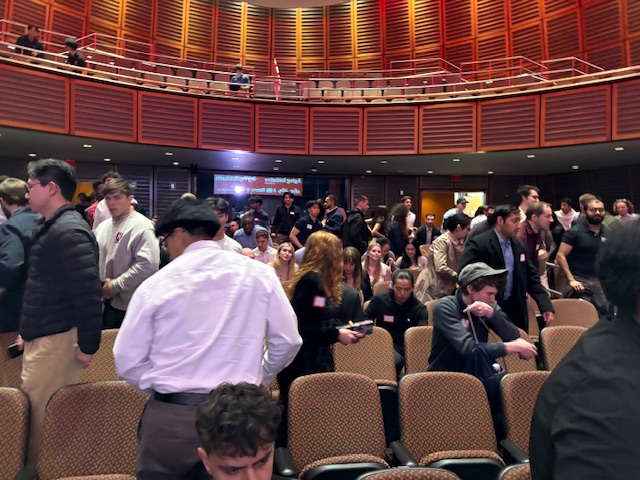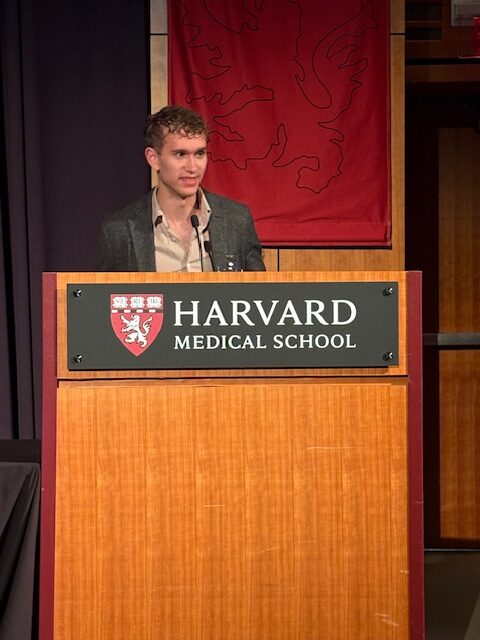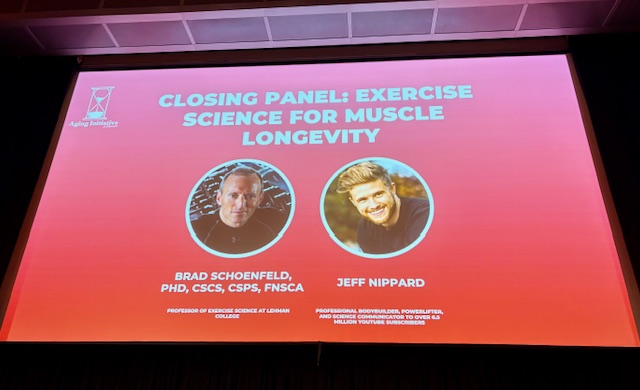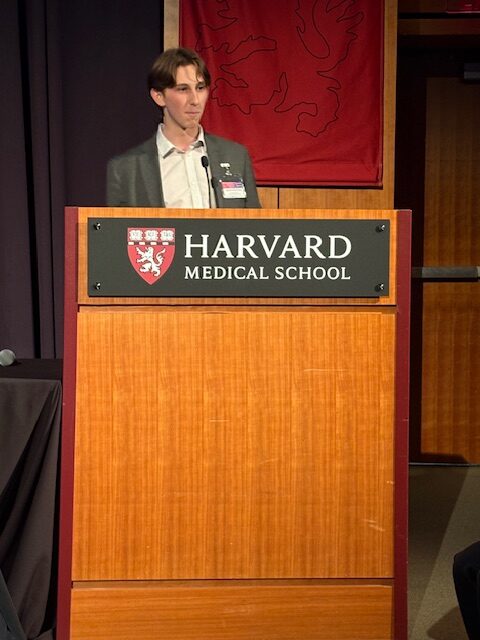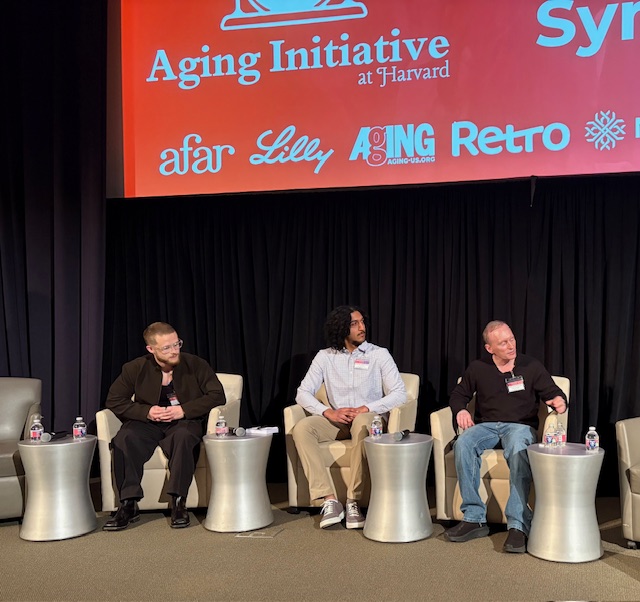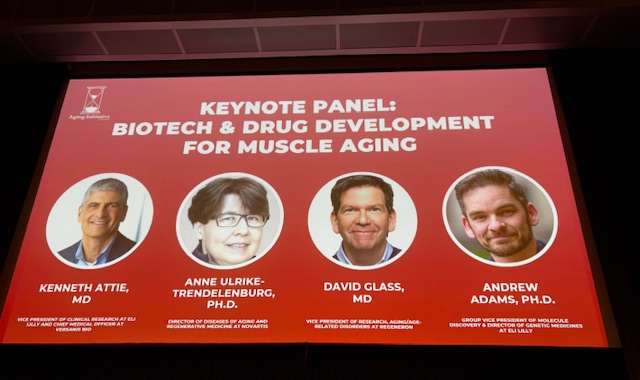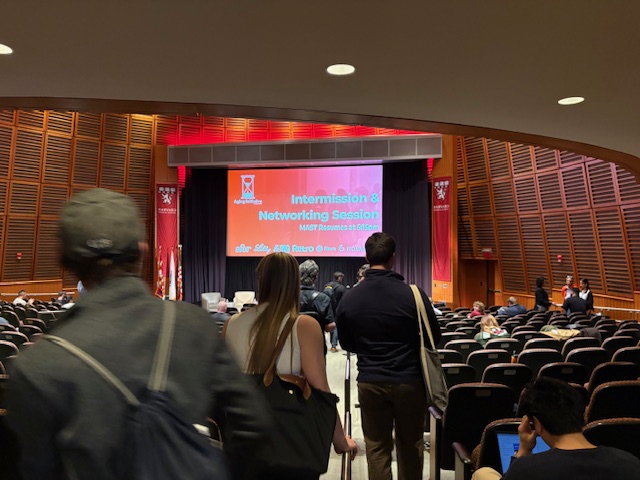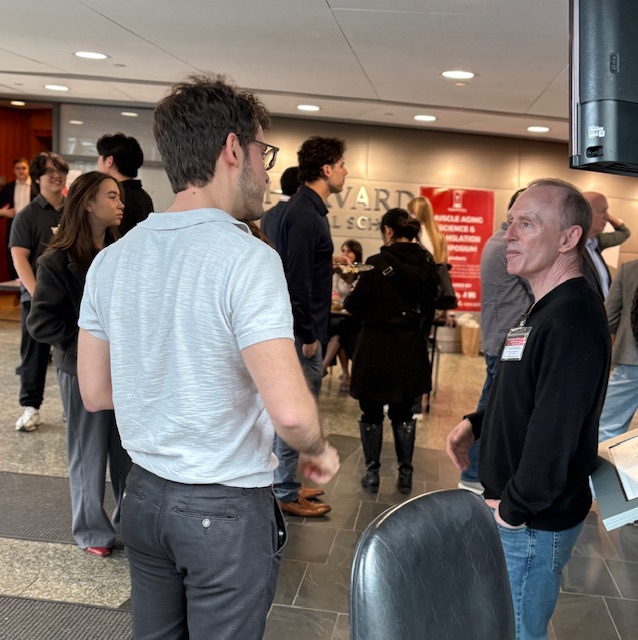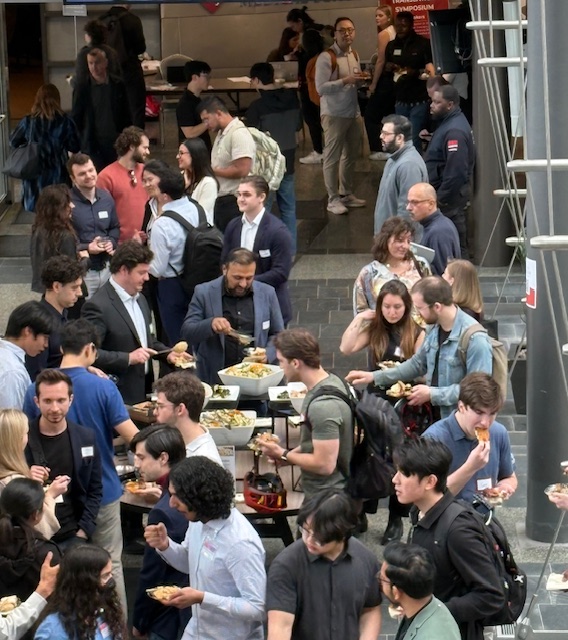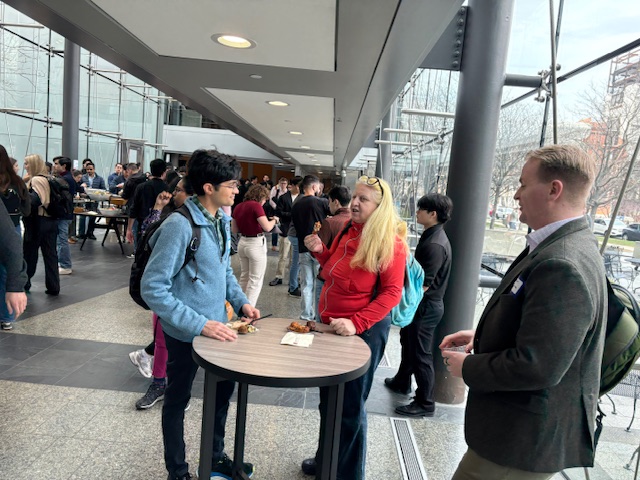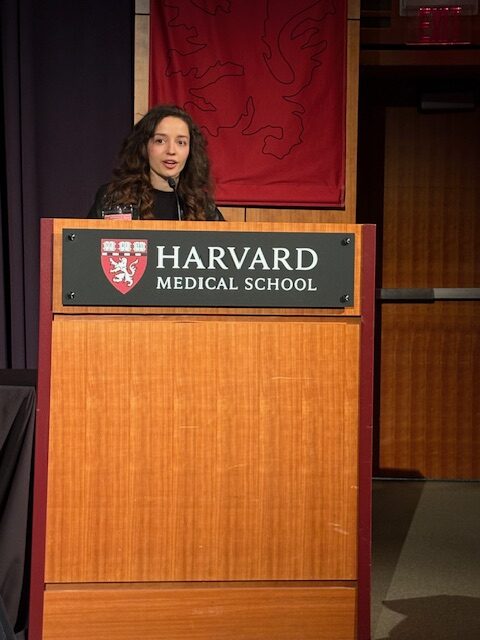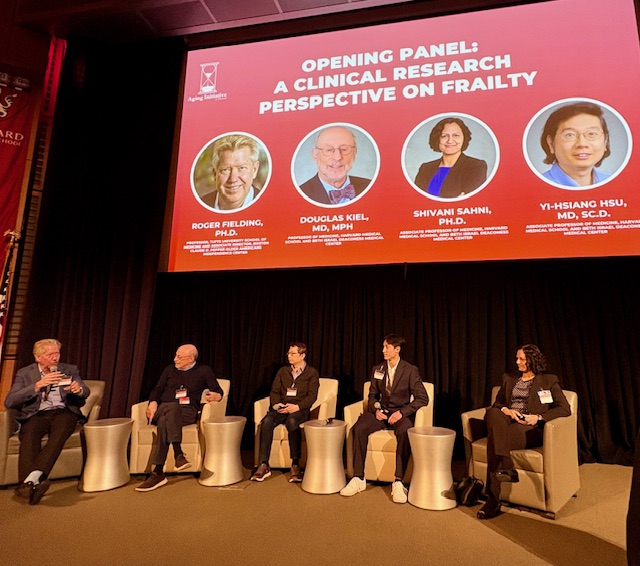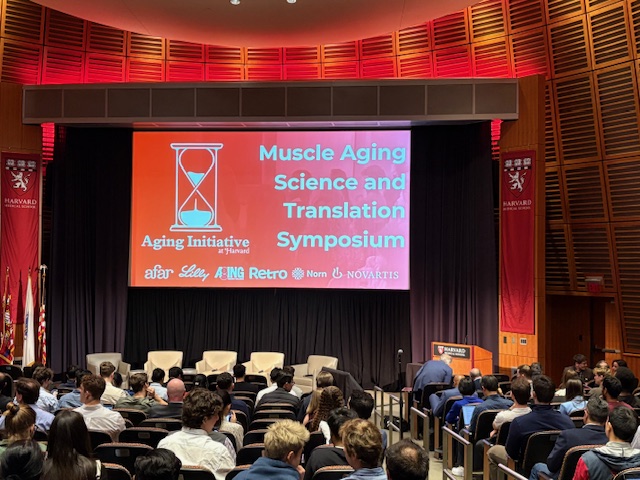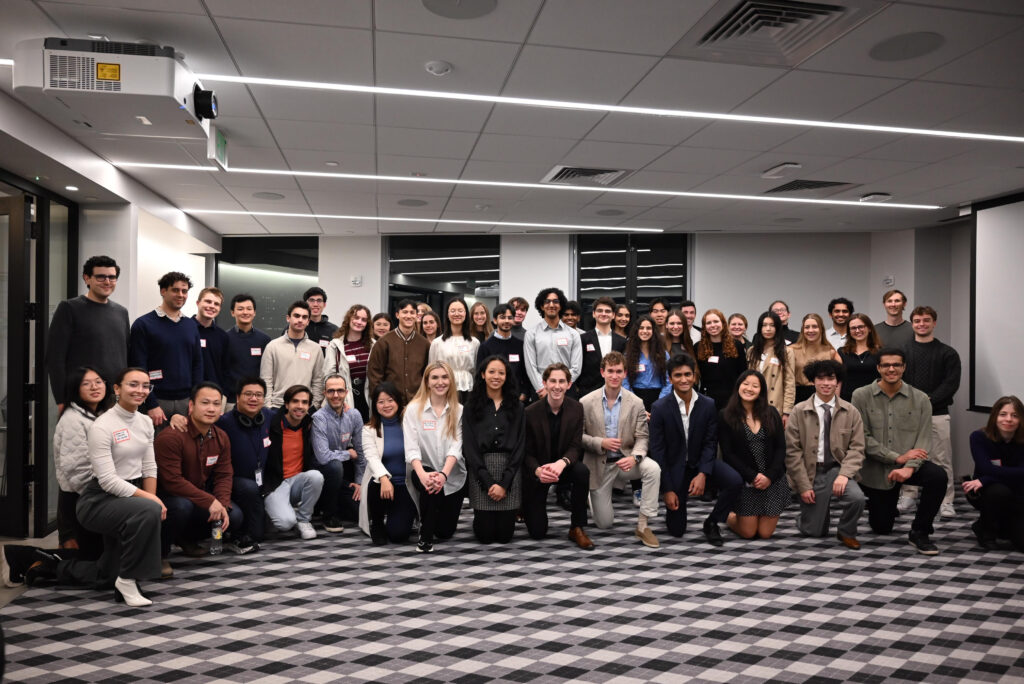In this special collection, Aging seeks to bring together cutting-edge research that spans the cellular and molecular underpinnings of cognitive aging with insights into the psychosocial, behavioral, and environmental factors that modulate its course.
BUFFALO, NY — July 8, 2025 — As populations worldwide continue to age, understanding the mechanisms and manifestations of cognitive aging is increasingly urgent for science, medicine, and society. Age-related cognitive decline ranges from mild memory lapses to the onset of dementia, and is shaped by a complex interplay of molecular, cellular, systemic, and social determinants.
In this special collection, Aging (Aging-US) seeks to bring together cutting-edge research that spans the cellular and molecular underpinnings of cognitive aging with insights into the psychosocial, behavioral, and environmental factors that modulate its course. By integrating basic biology with translational and societal dimensions, this collection aims to foster a holistic understanding of how and why cognitive function changes with age—and what can be done to preserve it.
We welcome original research articles, reviews, and perspectives across model systems and human studies, particularly those that promote interdisciplinary insights and translational potential.
POTENTIAL TOPICS
Molecular and Cellular Mechanisms
- Senescence, inflammation, and neurodegeneration in cognitive decline
- Mitochondrial dysfunction and oxidative stress in aging neurons
- Neurovascular aging and blood-brain barrier integrity
- Single-cell and spatial transcriptomics of the aging brain
- mTOR, autophagy, and proteostasis in age-related cognitive impairment
- The role of glial cells (microglia, astrocytes) in brain aging
Genetics and Biomarkers
- Genetic risk factors and epigenetic modifications associated with cognitive aging
- Biomarkers of cognitive resilience and vulnerability
- Neuroimaging and fluid-based biomarkers in aging populations
Interventions and Lifestyle Factors
- Cognitive benefits of caloric restriction, exercise, or senolytic therapies
- Preclinical and clinical trials targeting aging pathways to prevent cognitive decline
- Impact of sleep, nutrition, and metabolic health on cognition in older adults
- Use of cognitive strategies and compensatory techniques to maintain or enhance function in aging
Environmental and Social Contexts
- Impact of social isolation, education, and socioeconomic status on cognitive trajectories
- Lifelong cognitive reserve and its determinants
- Cross-cultural and demographic studies on aging and cognition
- Digital health tools for monitoring or enhancing cognitive function in the elderly
SUBMISSION DETAILS:
- Submission Deadline: March 31, 2026
- Manuscript Format: Please follow the journal’s submission guidelines
- Peer Review: All submissions will undergo a rigorous peer-review process
- Submission Link: https://aging.msubmit.net/cgi-bin/main.plex
______
To learn more about the journal, please visit our website at www.Aging-US.com and connect with us on social media at:
- X
- YouTube
- Bluesky
- Spotify, and available wherever you listen to podcasts
Click here to subscribe to Aging publication updates.
For media inquiries, please contact [email protected].

